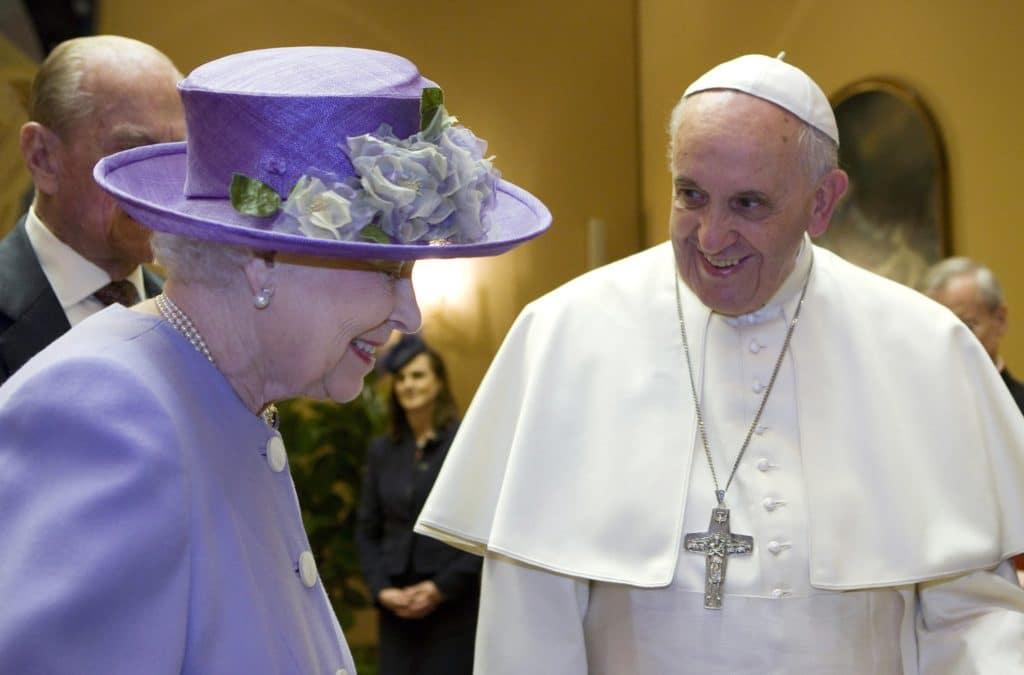
Queen Elizabeth II is being hailed as a woman of great personal Christian faith who achieved more in advancing ecumenism and inter-faith dialogue than any previous English monarch.
The British sovereign died peacefully at Balmoral, the royal residence in Scotland, surrounded by members of her family. She was 96.
The Queen was known for her strong faith, which included regular prayer, Bible reading and weekly church attendance and she would often draw upon her faith in her annual Christmas message, broadcast around the world.
In one Christmas message to mark the new Millennium in 2000, the Queen reflected on the extent to which her faith guided her life:
“For me, the teachings of Christ and my own personal accountability before God provided a framework in which I try to lead my life. I like so many of you, have drawn great comfort in difficult times from Christ’s words and example”.
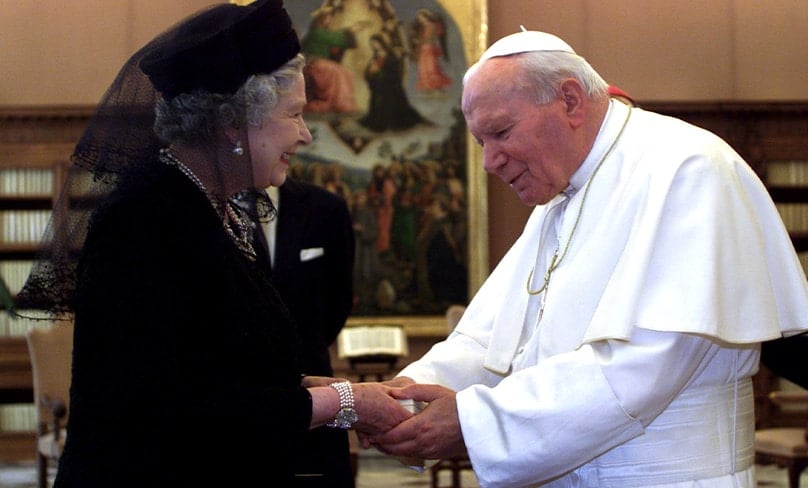
A strong admirer of Queen Elizabeth II, Professor Hayden Ramsay, Deputy Vice Chancellor (Ethics) at the Australian Catholic University (ACU), said he has many fond memories as a young man seeing the Queen welcome Pope John Paul II to Britain in 1982 on what was the first such visit of a pontiff to Britain after centuries of sectarian division.
Later in her reign, the Queen hosted Pope Benedict XVI’s visit to Britain in 2010 and began inviting many faith leaders to the annual Commonwealth Day service at Westminster Abbey.
“The Queen was really almost a miraculous bridge builder in the area of faith”, Professor Ramsay told The Catholic Weekly.
“And to see a Head of State, that as people bow their head to her, she in turn bows her head to Jesus Christ, that is sadly becoming increasingly riskier for public figures to do in a secular society. Yet in her Christmas messages, broadcast year after year, the Queen became more confessional and also more genuinely emotional about her love for the Gospel”.
“The queen was really almost a miraculous bridge builder in the area of faith” Professor HAYDEN RAMSAY, acu
Although a committed Republican, Emeritus Professor Greg Craven, the former Vice Chancellor of ACU, said he has a great deal of personal affection and admiration for Queen Elizabeth II.
“I think the Queen was determinedly interfaith and brought the monarchy from being a purely Anglican institution to being an institution that was genuinely aligned with the diversity of faith within the Commonwealth and one of those faiths from the Queen’s point of view was Catholicism”, Professor Craven said.
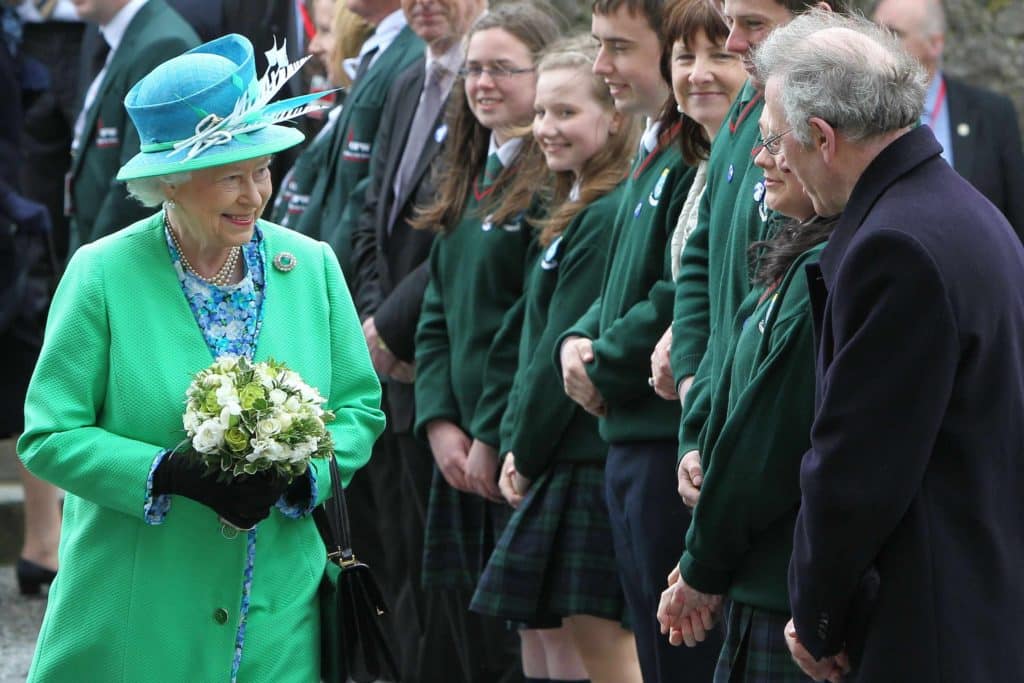
Queen Elizabeth II forged personal friendships with a number of Catholic leaders in Britain including Cardinals Basil Hume and Cormac Murphy O’Connor, both former Archbishops of Westminster.
And in a highly symbolic gesture in 1995, the Queen attended a Catholic Vespers in Westminster Cathedral to mark its 100th anniversary.
Monsignor Carl Reid was raised in the Anglican faith before going on to join the Personal Ordinariate of Our Lady of the Southern Cross which was erected by Pope Benedict XVI in 2012.
This personal ordinariate was originally erected for former Anglicans who wished to become Catholics but Pope Francis has now broadened its scope to allow for any and all who wish to come into full communion with the Catholic Church.
Mons Reid believes Queen Elizabeth II will long be admired for her grace, her humility and her outreach to other Christian denominations and people of other faiths.
“Her attendance at Catholic Vespers at Westminster Cathedral was a powerful demonstration that she very much knew her history, that after all, the Church of England originated from the Catholic Church”, he explained.
“So you can never bury those ties completely. She knew that and so that was a deeply significant ecumenical gesture on her part”.
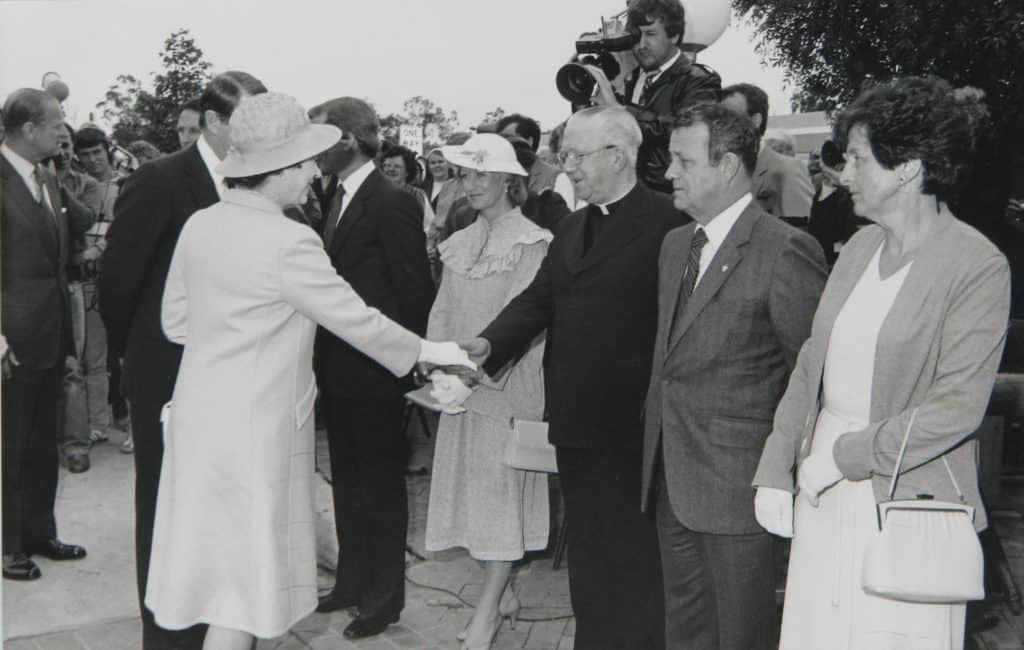
Queen Elizabeth II’s deep personal commitment to ecumenism and interfaith relations was also reflected in a speech to faith leaders in Britain in 2012 in which she emphasised that the Church of England’s role was not to “defend Anglicanism to the exclusion of other religions”, but that it has a “duty to protect the free practice of all faiths in Britain”.
Professor Hayden Ramsay from ACU said the Queen has very much put this message into action.
“When you think of some of her landmark visits to Russia and to the Middle East, visits to almost every country in the world and the respect paid to local faiths- the temples, shrines, mosques and churches of the local people- that was something incredibly important to her”, he said.
Professor Ramsay, who was born in Scotland, said the Queen has been a great unifier over many decades across the United Kingdom as well.
“By custom, when the Queen crossed the border from England into Scotland, she basically became a Presbyterian, as a member of the Church of Scotland and so it’s as if, even geographically speaking, the faith follows her and she adapts to the faith wherever she finds herself”.
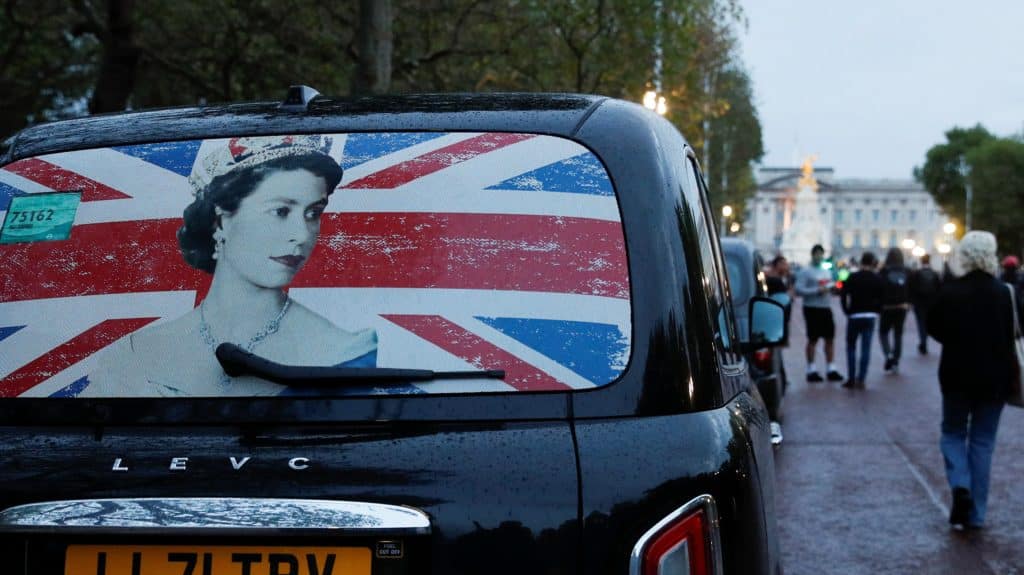
“In Scotland, she’s properly known as Elizabeth, Queen of Scots. I think it’s wonderful way up in the remote Scottish Highlands, this old lady who was counter-cultural in that her life and her world were not of this age- and she passed away in the tranquility of the Highlands”, he added.
As a constitutional lawyer, Professor Greg Craven said it’s important to also acknowledge Queen Elizabeth II’s openness to appointing Catholics as her representatives as Governors General, including former High Court Justice, Sir William Deane in Australia the 1990s.
“That was a contrast to her grandfather, King George VI who was very much opposed to the appointment of the Jewish Sir Isaac Isaacs as Governor General in the 1930s”, he said.
“The Queen has been absolutely open to the appointment of Catholics anywhere across the Commonwealth and I think that derives from her profound Christian faith and that incredible sense of duty and part of that duty was to be open and to defend people of all faiths, not only those who were Anglicans”.
Related
Pope Francis, British Catholics, pay tribute to Queen Elizabeth II
